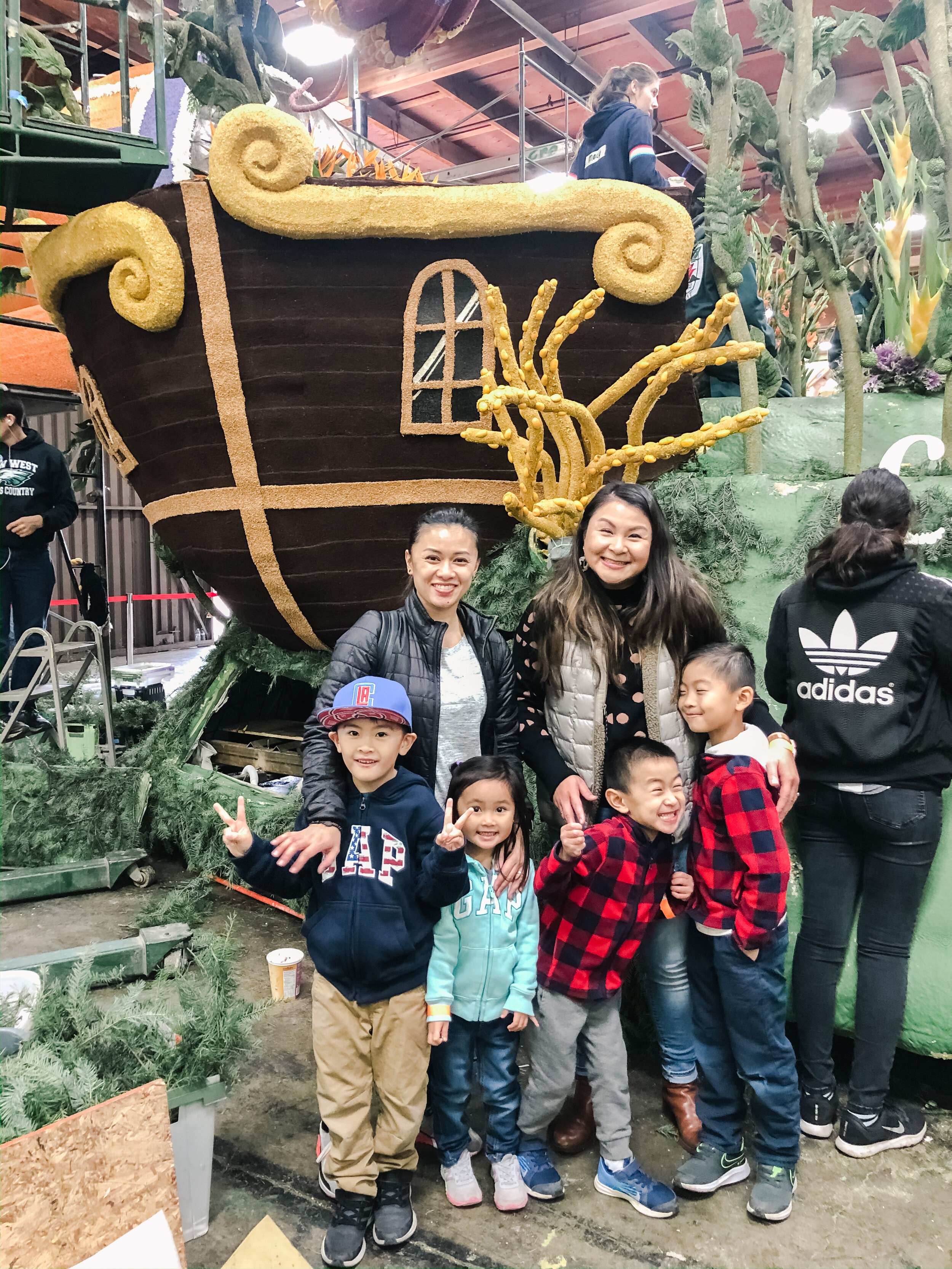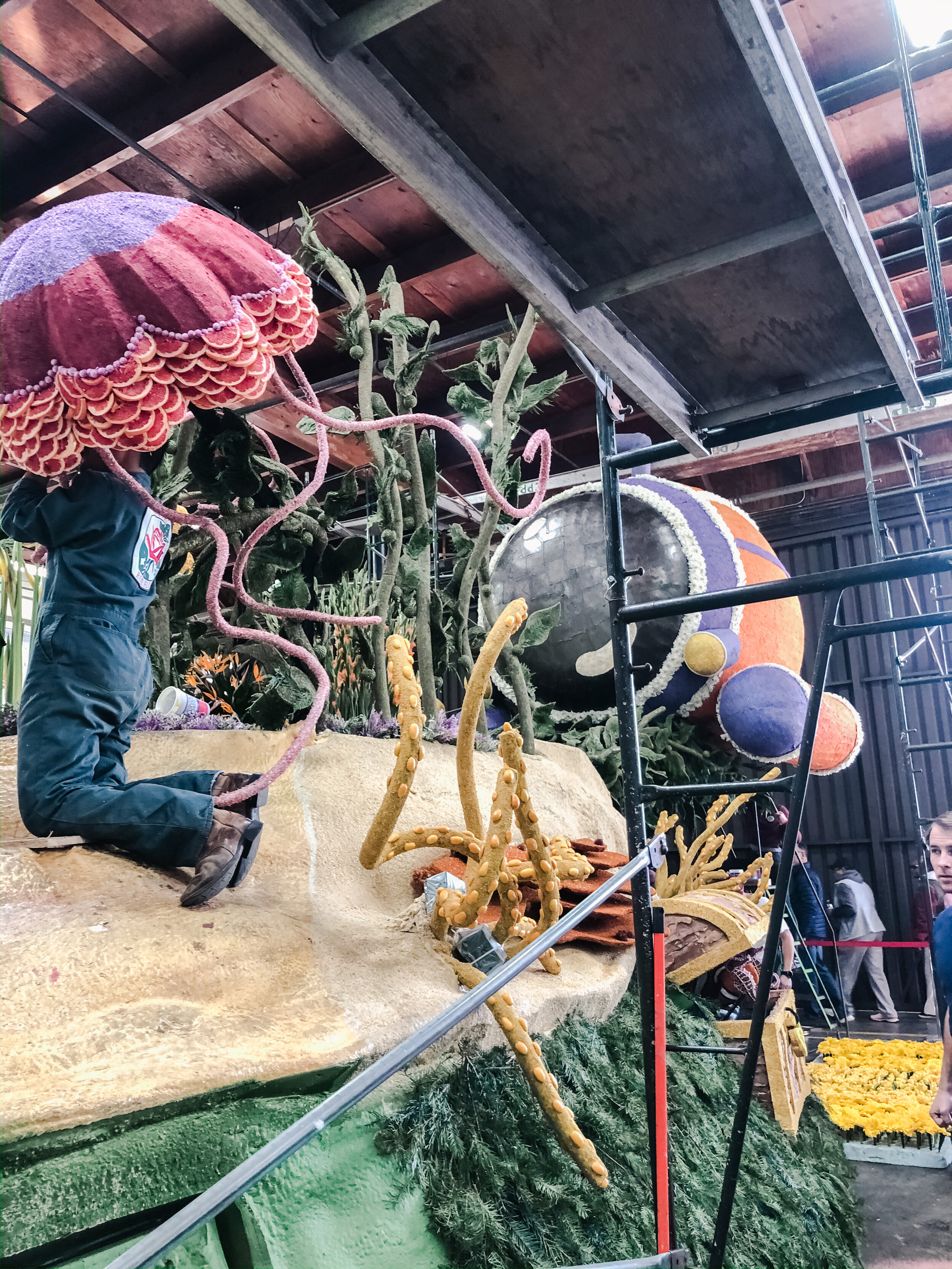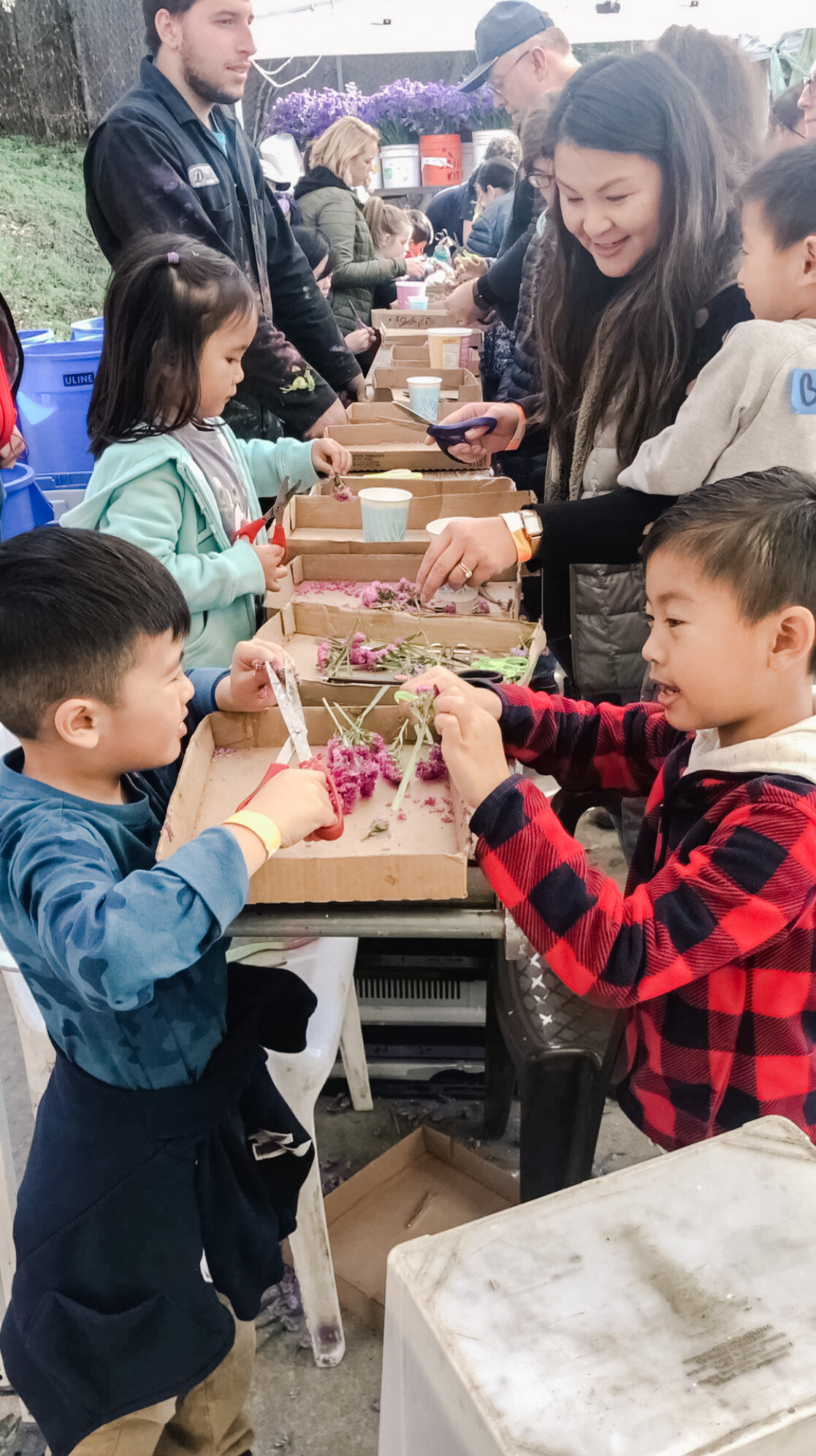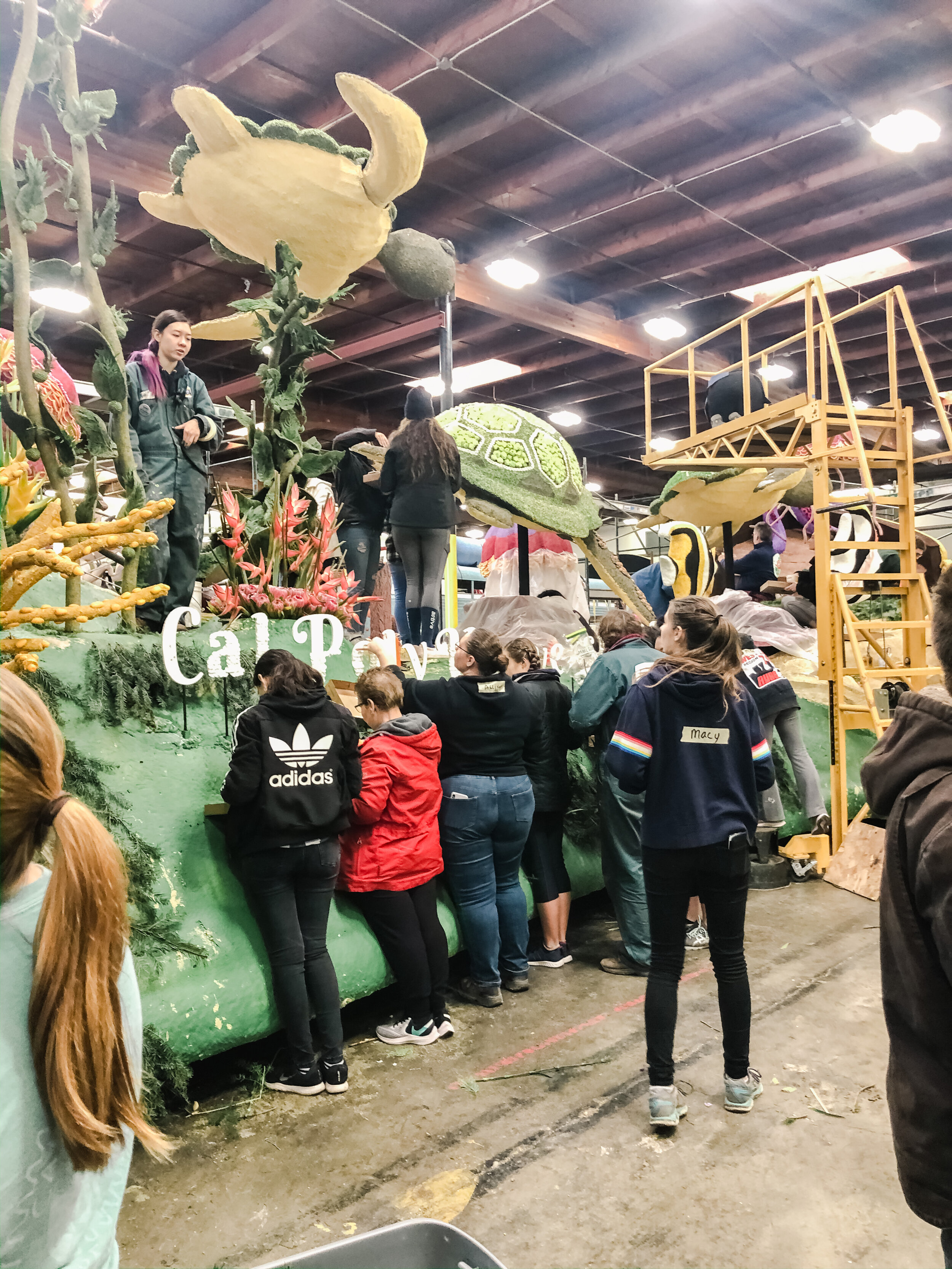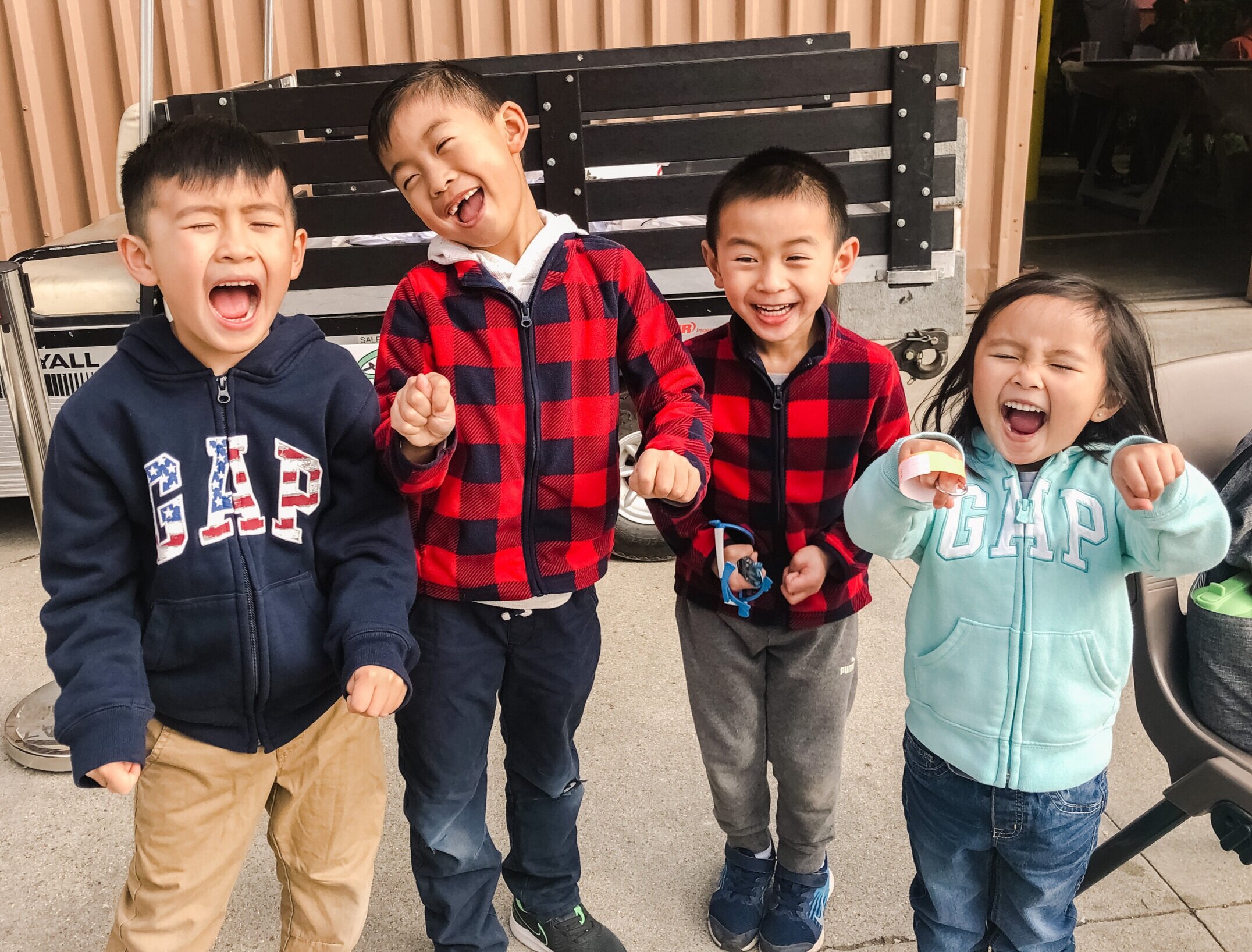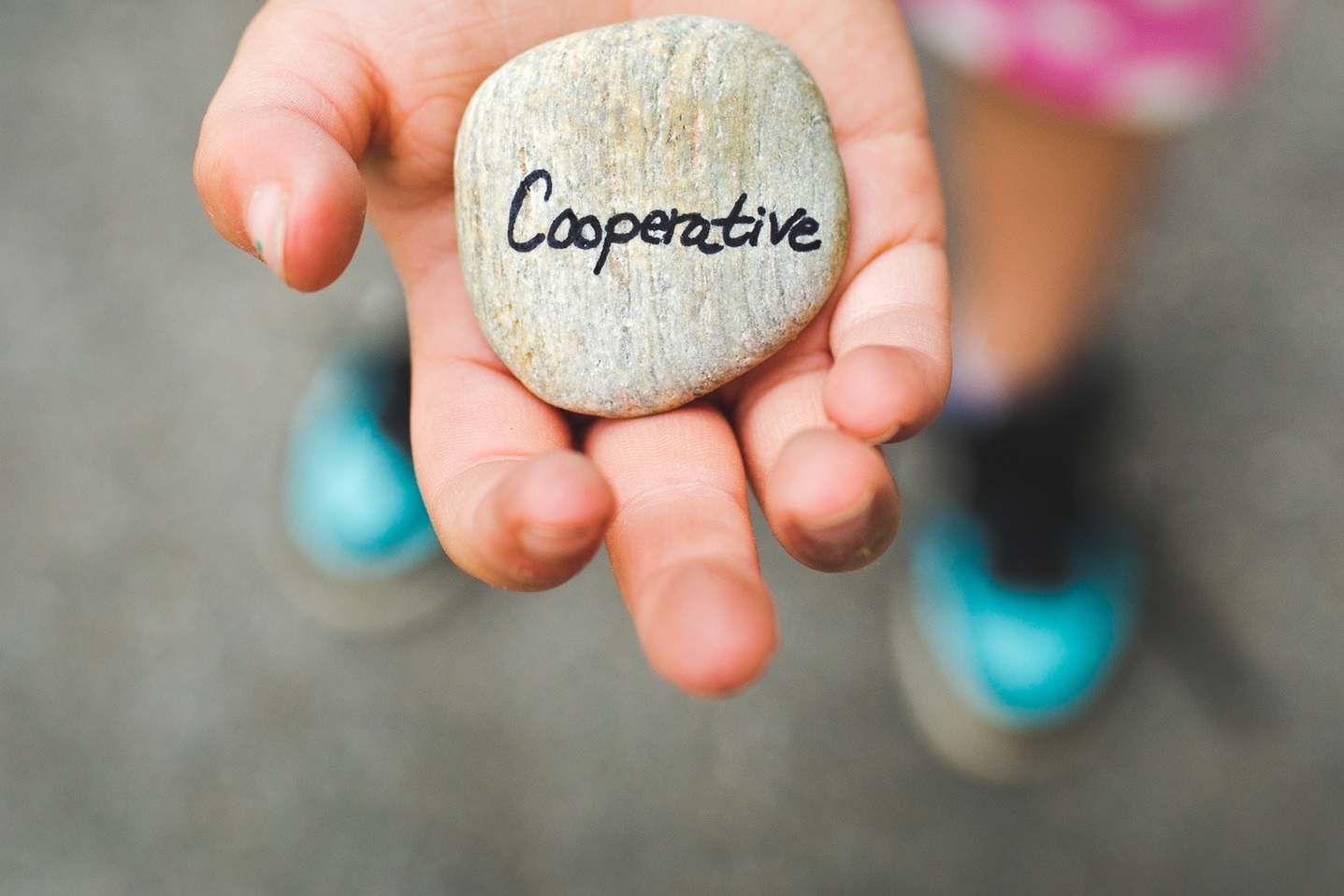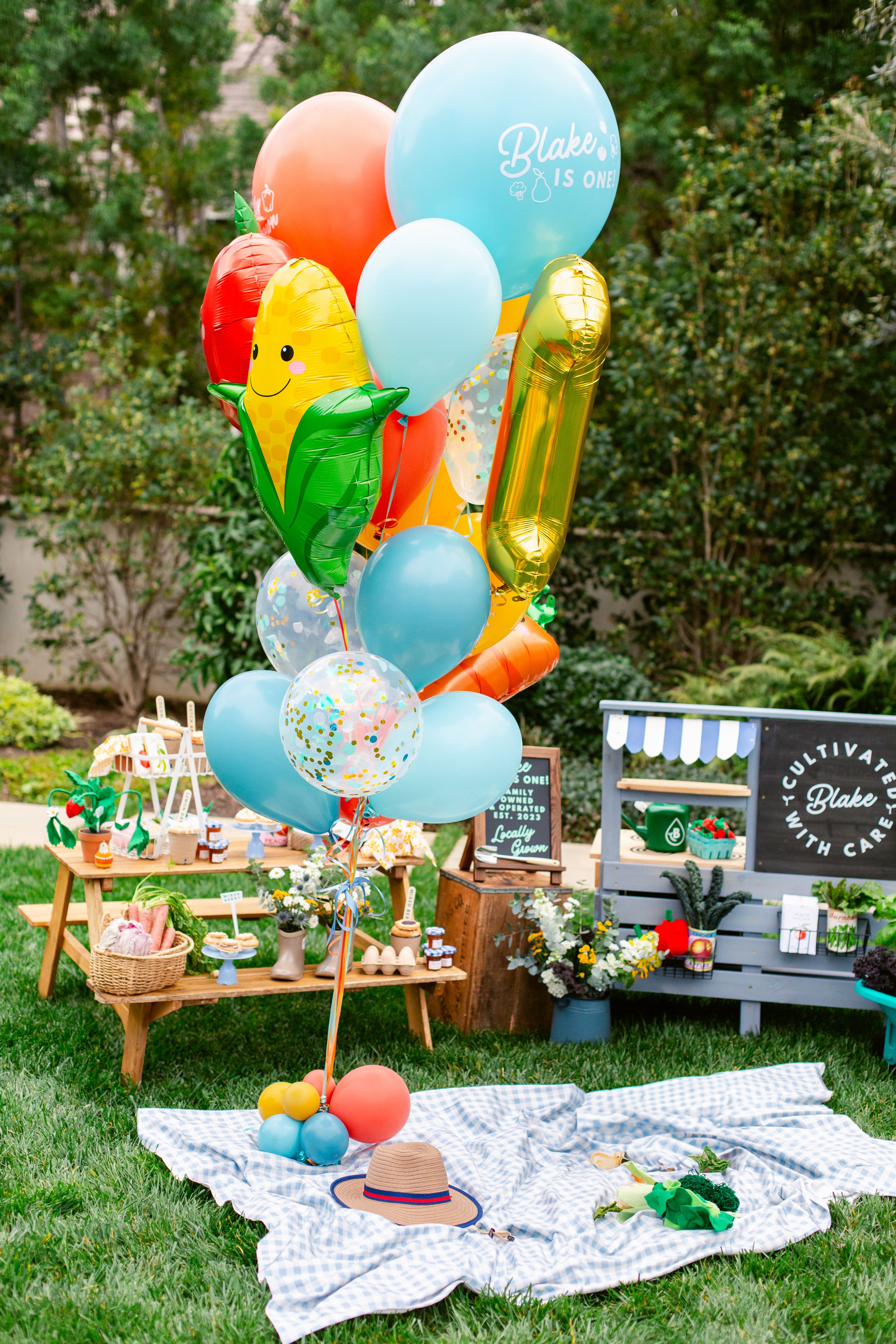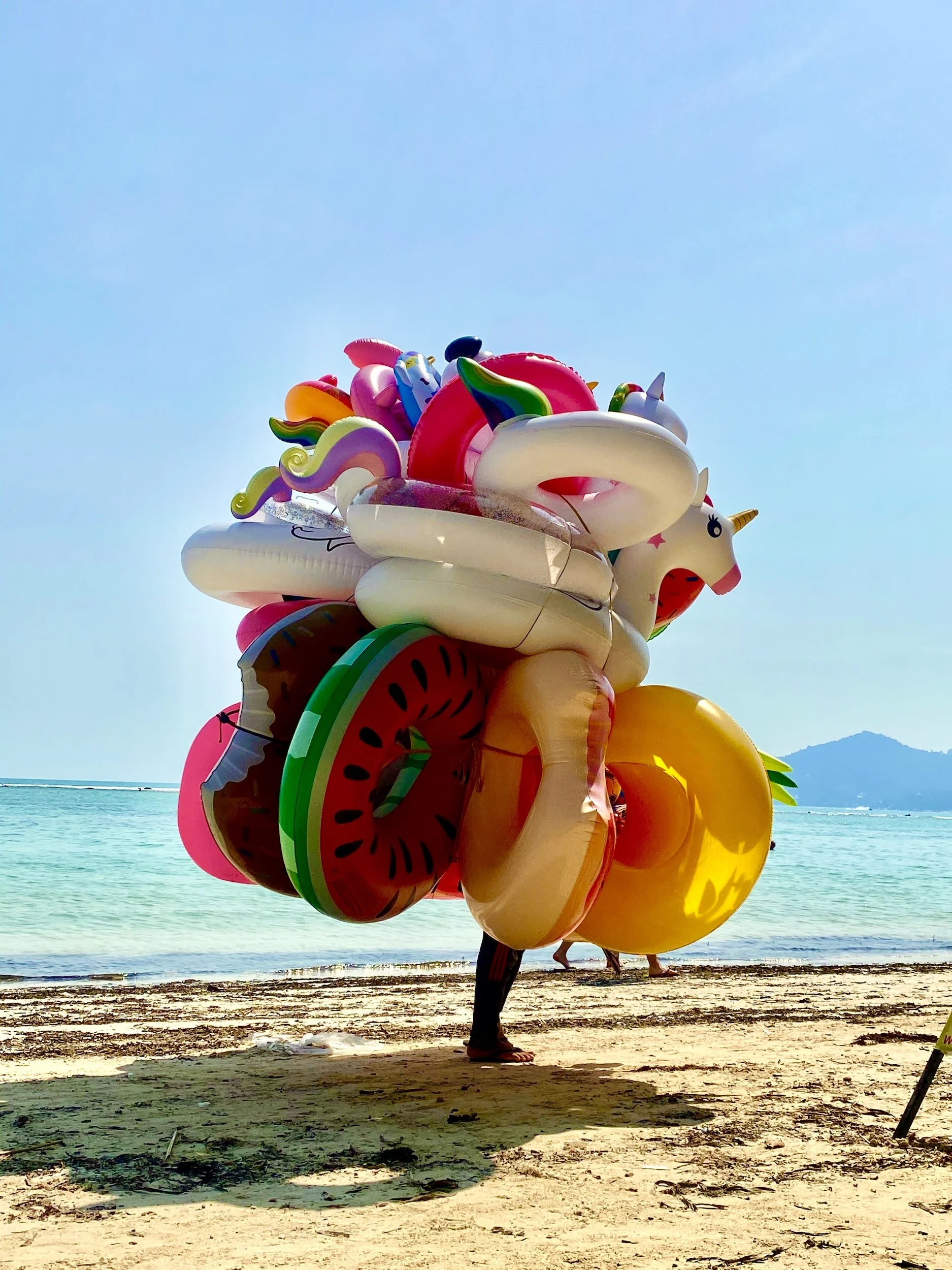Rose Float Decorating with Kids
/Besides my world here with Hello Rascal Kids and Skybox Events, I work on a college campus where I am lucky enough to meet countless talented, innovative, and inspiring students. One of the students with whom I’ve worked closely was the design chair for Cal Poly Pomona’s Rose Float in December of 2019 and they were able to give my family and friends a tour. As a kid, I used to watch the Tournament of Roses Parade every year and was always in awe of all of the beautiful floats. I wanted to be involved in it in some way, but I never had these connections before. During the tour with my student, my boys and a few of our friends had a blast seeing the ins and outs of making the rose float and helping with some of the decorations.
Volunteering with the Cal Poly Rose Float Lab helped my kids and I truly see that the floats aren’t just pretty to look at – they’re engineered and are actually drivable. Every aspect of these floats embody the Cal Poly Universities’ hands-on atmosphere, and the 2020 float was no different. The float is a collaboration between Cal Poly Pomona and Cal Poly San Luis Obispo, with students working on it year-round. Their rose float is the only float that is entirely student-built, from the design idea and construction right up to troubleshooting and driving on the day of the event. Even though the float is student-built, they are held to the same standard as professional float builders in the annual Tournament of Roses. Despite being student-built, the Cal Poly Rose Float has won sixty awards and trophies in the seventy-two years that they have participated in the competition! They were also the first float to use hydraulics for animation, computer-controlled animation, fiber optics, animated decorations, and color-changing floral effects.
The theme for the Cal Poly’s 2020 Rose Parade float was “Aquatic Inspirations,” drawing from the idea that hope is a powerful guide, no matter what you want to achieve. Students working on the float took trips to the Aquarium of the Pacific in Long Beach, CA and local pet stores to help them develop the idea to utilize “kelp forests'' to hide the structural support of the submarine, which was suspended thirty feet above the ground. The structure was hidden by 629 hand-made kelp leaves that my boys were able to help make. By the time the float was on the road, my boys and the rest of the volunteers had cut enough leaves to cover two inches of the float! Cal Poly uses all natural products to decorate the float, including sliced citrus, lentils, and even ground coffee. The students got creative with the decor, using popcorn kernels and walnut shells to create the look of a sandy sea floor. When it was all ready to go, approximately 30,000 flowers covered the float. The CPP Rose Float will be returning safely this year, but we are still checking if we can volunteer again this winter.
Volunteering with my kids and getting a tour of what goes into the float’s creation from start to finish was a really great experience, especially looking back at it now. We went with our friends, which made the experience even more special. We were involved in the building of something huge, in a small way, and we did it with a crowd of people that seems so much larger now in a post-pandemic world.
Being a part of the float helped my kids and I have a better understanding of how something is created with the help of a community. They were able to have a unique connection to the float when they saw it on New Year’s Day. The feeling of contributing to something bigger than themselves and being a part of a community is such a wonderful lesson to have as a kid. We’re hopeful that we may be able to participate again this year or another year in the near future as we reflect on the experience we had for the 2020 Cal Poly Rose Float.
Written by Head Rascal (Ngoc Nguyen Lay), mother of two rascals, ages 6 and 8. (Ages during volunteering 4 and 6)





